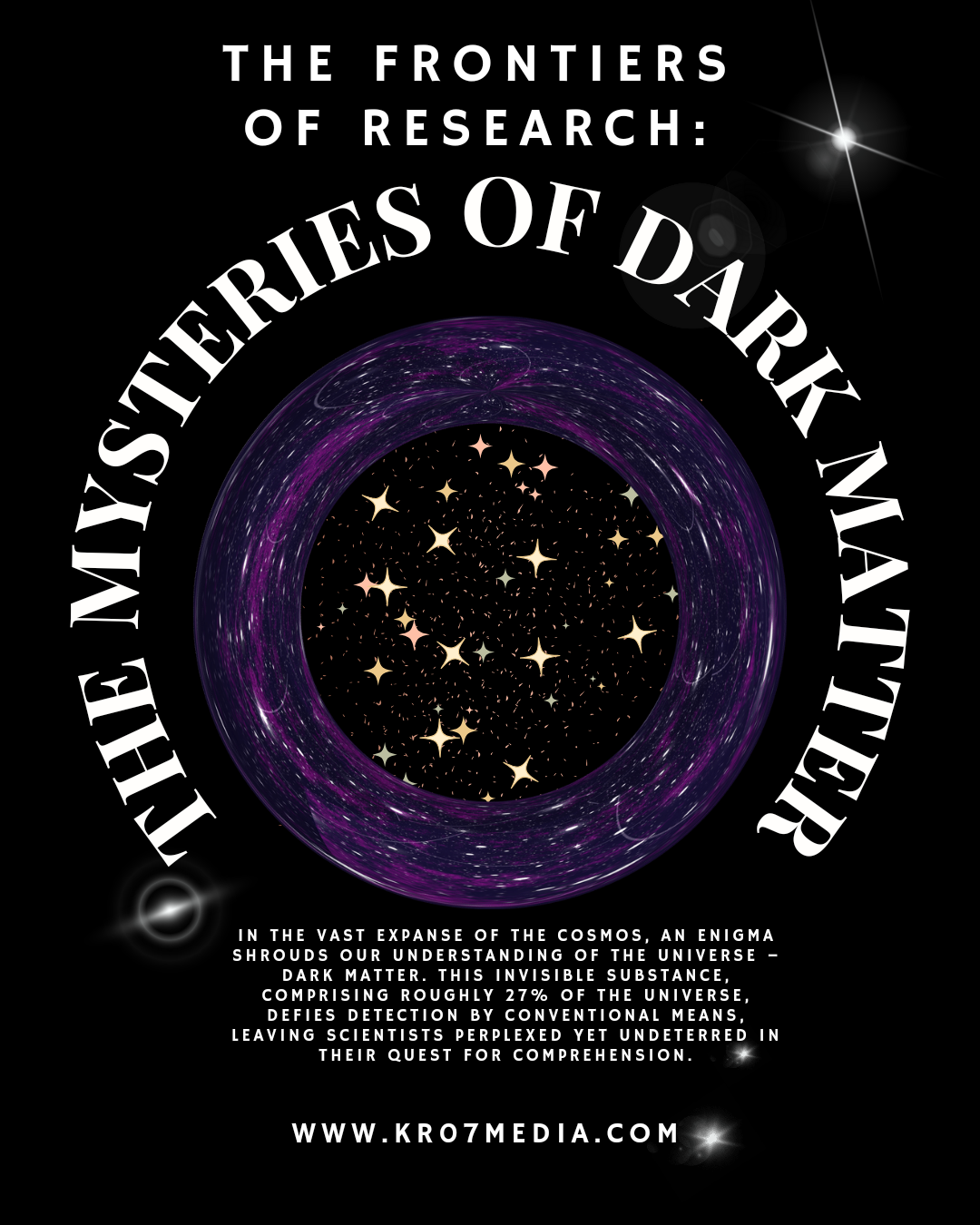In the vast expanse of the cosmos, an enigma shrouds our understanding of the universe – dark matter. This invisible substance, comprising roughly 27% of the universe, defies detection by conventional means, leaving scientists perplexed yet undeterred in their quest for comprehension. At the forefront of contemporary research, the investigation into dark matter holds promise not only for unlocking the secrets of the cosmos but also for advancing our understanding of fundamental physics.
The Puzzle of Dark Matter
Dark matter's existence first surfaced in the 1930s, when Swiss astronomer Fritz Zwicky observed discrepancies in the velocities of galaxies within galaxy clusters. Despite its pervasive influence on cosmic structures, dark matter interacts weakly with electromagnetic forces, rendering it invisible to conventional telescopes. Instead, its presence is inferred through gravitational effects on visible matter and light.
Multifaceted Approaches to Unraveling Dark Matter
Researchers employ a myriad of methodologies to probe the nature of dark matter, each offering unique insights into its properties. From astronomical observations to particle physics experiments, interdisciplinary collaboration lies at the heart of unraveling this cosmic conundrum.
Astronomical Observations:
Observational astronomers scrutinize the distribution and dynamics of galaxies, galaxy clusters, and cosmic microwave background radiation to map the gravitational footprint of dark matter. High-resolution imaging techniques, such as gravitational lensing, provide indirect glimpses into the spatial distribution of dark matter in the universe.
Particle Physics Experiments:
Particle physicists delve into the realm of subatomic particles, searching for hypothetical particles that may constitute dark matter. Experiments conducted in underground laboratories, such as the Large Underground Xenon (LUX) experiment and the Cryogenic Dark Matter Search (CDMS), aim to detect dark matter particles through their rare interactions with ordinary matter.
Theoretical Frameworks:
Theoretical physicists construct mathematical models and simulations to elucidate the fundamental properties of dark matter. From cold, warm, to hot dark matter scenarios, various theoretical frameworks offer conjectures regarding the nature, composition, and behavior of dark matter particles.
Challenges and Future Prospects
Despite decades of relentless pursuit, the elusive nature of dark matter continues to pose formidable challenges to researchers. The paucity of direct detection events, coupled with the diversity of theoretical conjectures, underscores the complexity of the dark matter puzzle. Moreover, discrepancies between theoretical predictions and observational data necessitate innovative approaches and refined instrumentation.
Looking ahead, the future of dark matter research brims with both uncertainty and optimism. Advancements in astrophysical surveys, particle accelerator technologies, and computational simulations promise to deepen our understanding of dark matter's elusive nature. Furthermore, collaborations between experimentalists, theorists, and computational scientists foster a fertile ground for interdisciplinary breakthroughs.
Concluding Remarks
The exploration of dark matter transcends the boundaries of scientific inquiry, captivating the imagination of both experts and enthusiasts alike. Beyond its intrinsic significance for cosmology and particle physics, unraveling the mysteries of dark matter holds profound implications for our understanding of the universe's past, present, and future. As researchers peer deeper into the cosmic abyss, the quest for dark matter stands as a testament to humanity's insatiable curiosity and enduring spirit of exploration.



